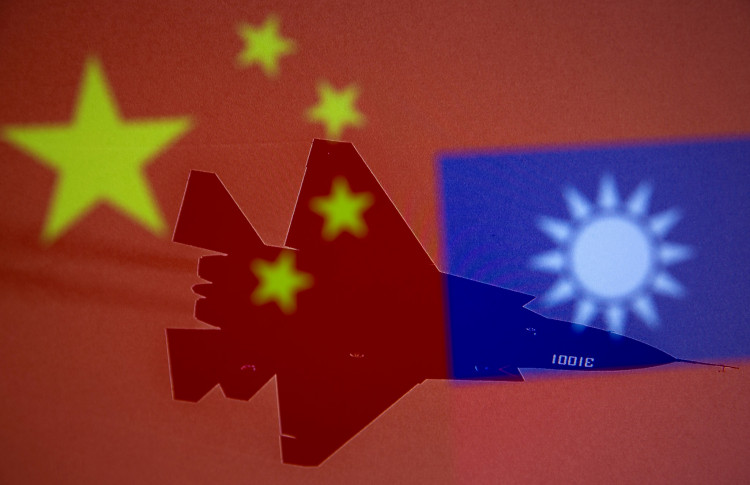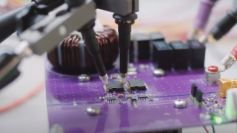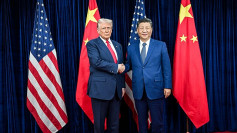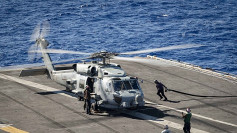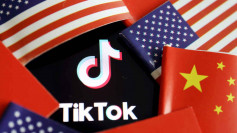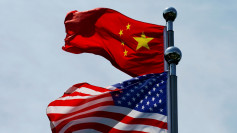Tensions in the Taiwan Strait have escalated as Taiwan's defense officials reported a significant surge in Chinese military activity around the island. Over the past 24 hours, Taiwan detected the presence of approximately 53 military aircraft and 11 naval vessels in its surrounding waters. The Chinese maneuvers, which Taiwan describes as the largest naval deployment in nearly three decades, have raised alarms and placed the island's military on high alert.
Taiwanese President Lai Ching-te's recent visit to U.S. territories, including Guam and Hawaii, is believed to have fueled Beijing's latest show of force. Lai's meetings with U.S. congressional leaders, along with the U.S. government's approval of a $2 billion arms deal for Taiwan, have further provoked China, which considers Taiwan an inseparable part of its territory.
Taiwan's Lt. Gen. Hsieh Jih-sheng warned that the scale and intensity of the Chinese military presence could signify more than training exercises. "The message they are sending is very simple: The Taiwan Strait is ours," Hsieh said. He emphasized that while these operations are described as routine training, they have the potential to escalate into full-scale drills or even conflict.
In response to the increased activity, Taiwan has activated an emergency response center and implemented flight restrictions in seven zones off China's eastern coast. The measures are intended to safeguard Taiwanese airspace and maintain vigilance as tensions mount.
The U.S. has repeatedly expressed its support for Taiwan, reinforcing its stance through diplomatic engagements and arms sales. The recently approved military package includes advanced missile defense systems and radar technology, which are expected to bolster Taiwan's defense capabilities. These systems, tested in conflicts such as the war in Ukraine, highlight Washington's commitment to maintaining stability in the region.
China's aggressive stance toward Taiwan has become a focal point of its foreign policy under President Xi Jinping. Beijing has consistently referred to the Taiwan issue as a "core interest," warning the U.S. against crossing its "red line." China has previously held large-scale military exercises around Taiwan, including live-fire drills following visits by high-profile U.S. officials. These exercises have been seen as a strategy to deter Taiwan's independence movement and to project Beijing's military power.
While Taiwan has rejected Beijing's claims of sovereignty, President Lai and his administration have reiterated that Taiwan's future should be decided solely by its people. Lai's assertion reflects the island's steadfast stance against Beijing's pressure, even as it faces increased military intimidation.
A U.S. military official, speaking anonymously, downplayed the latest Chinese deployments, stating that the activity aligns with previous large-scale drills in the region. However, the official acknowledged that the People's Liberation Army (PLA) has adopted a more aggressive posture in recent years, heightening the risk of escalation.
China's current military buildup underscores its dissatisfaction with growing U.S.-Taiwan ties. Beijing views Lai's visit to U.S. territories and the accompanying arms deal as provocations. In retaliation, China has sought to demonstrate its military capabilities, with naval forces reportedly creating defensive "walls" around Taiwan.
International observers have expressed concern over the potential consequences of the ongoing tension. John Kirby, spokesperson for the U.S. National Security Council, confirmed that the U.S. remains in close communication with Taiwanese officials and regional allies. Kirby emphasized the importance of de-escalation, stating that Washington seeks a peaceful resolution that respects Taiwan's autonomy.
